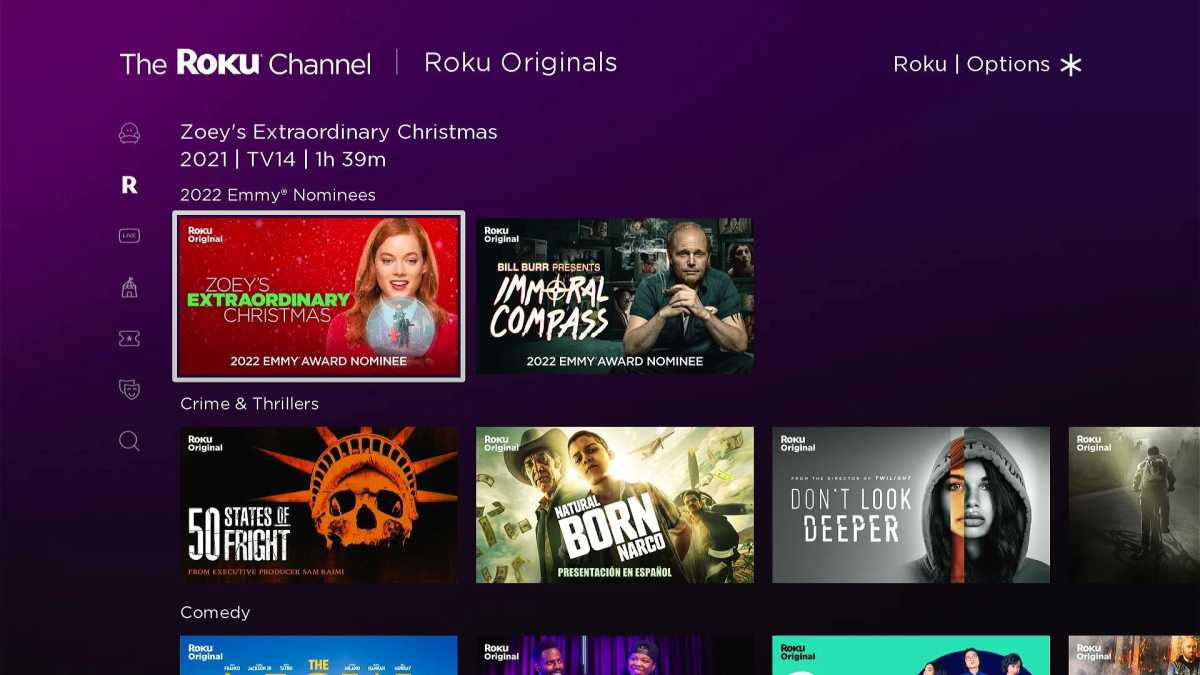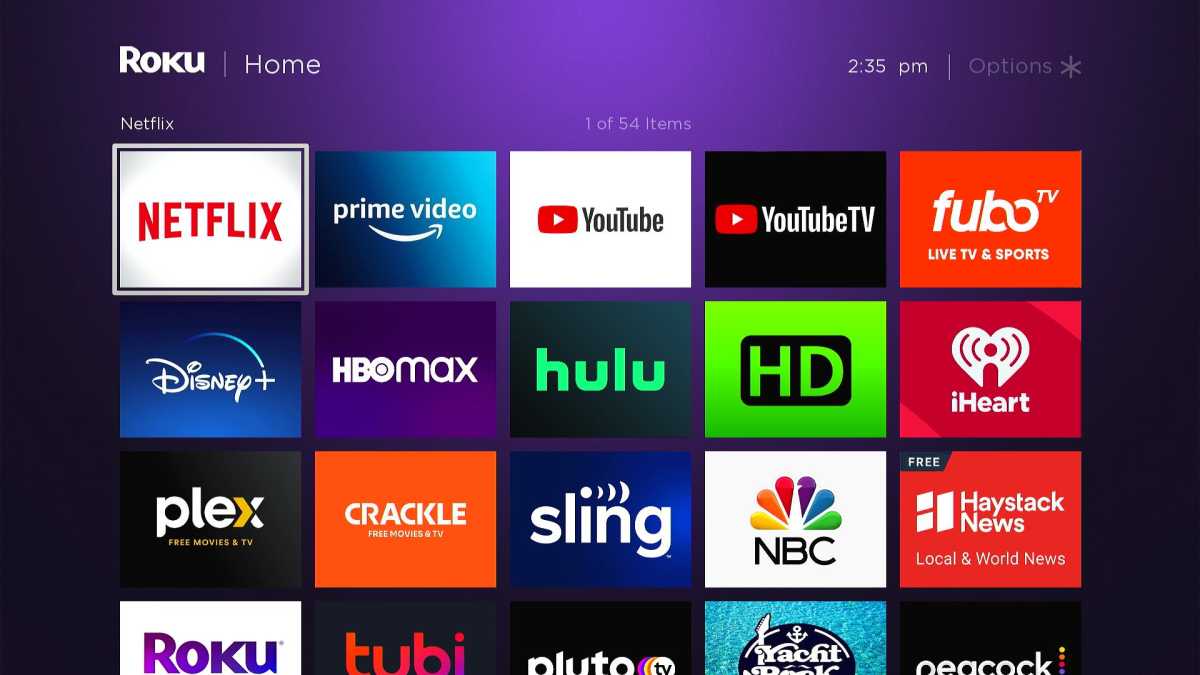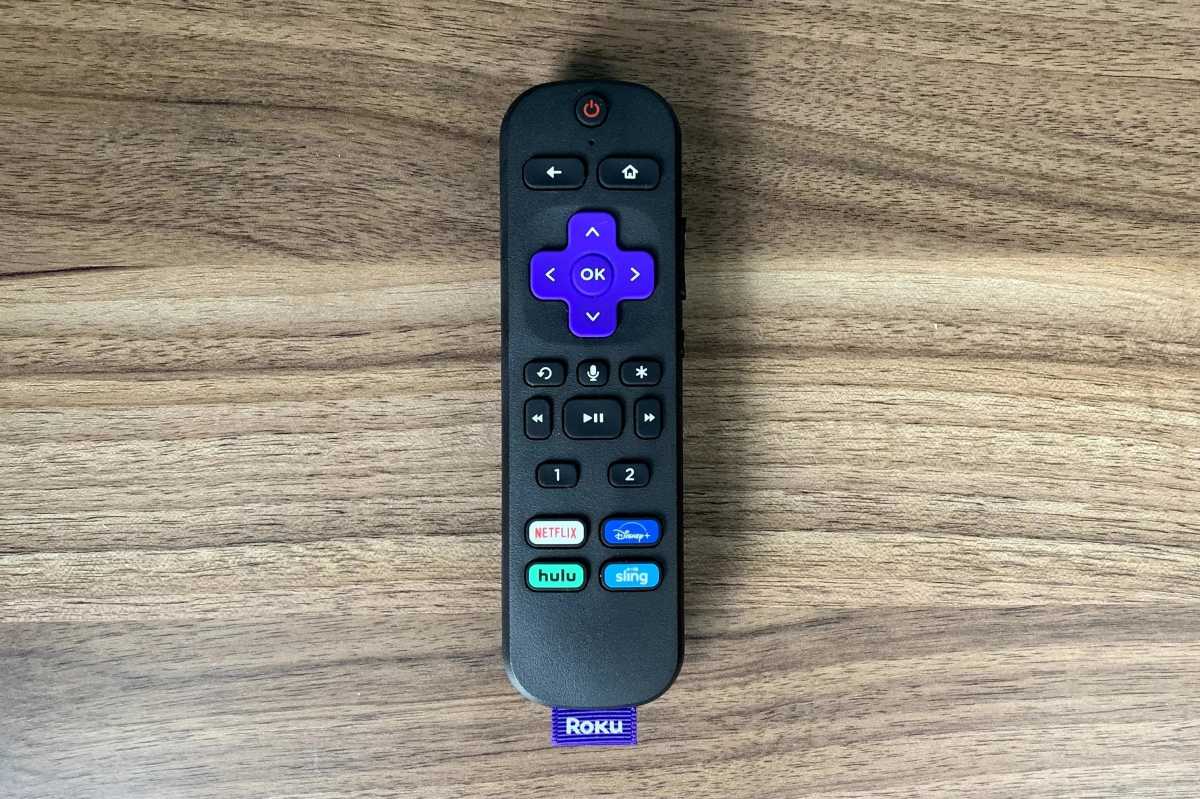Although Roku will soon make some long-overdue improvements to its streaming platform—including a universal watchlist and a “Continue Watching” section—one thing about it still irks me.
I’m talking about Roku’s fixation on advertising, which is apparent almost everywhere you look. Roku’s main app menu is crowded out by a big banner ad, its Roku Channel app is mostly ad-supported, and even the remote control has ads in the form of sponsored shortcut buttons.
While the ad-supported model has certainly helped Roku thrive, it’s not for everyone. Some of us, I suspect, would be willing to pay for an ad-free experience. Roku’s continued investments in original programming and its forthcoming foray into smart homes—in which it will sell security camera features on a subscription basis—got me thinking that now’s the time.
Keeping in mind that this is pure conjecture, here are a handful of things I’d like to see from a hypothetical Roku subscription service:
An ad-free Roku channel

An ad-free tier would make Roku’s original productions more appealing.
Jared Newman / Foundry
Making The Roku Channel entirely ad-supported made sense back when Roku was just licensing old movies and shows. But as The New York Times reported a couple months ago, the company is now making big investments in original content as well. This year, it greenlit second seasons of some Quibi shows, signed deals for unscripted series with Martha Stewart and Emeril Lagasse, and announced a revival of ABC’s The Great American Baking Show. And next month, the Roku Channel will exclusively carry Weird: The Al Yankovic Story, its most ambitious original film yet.
The only ad I want to see in a Weird Al biopic is one for Spatula City, so why not let us pay for the privilege? An ad-free subscription would make the entire Roku Channel more appealing to folks who can’t stand commercials. It might also elevate the Roku Channel’s reputation as a source for premium, original content, attracting creators who don’t want commercial breaks to sully their work.
An expanded app grid

Jared Newman / Foundry
Roku’s app menu has always felt claustrophobic to me, with about a third of the screen occupied by a banner ad. While the ad itself is easy enough to ignore, it only leaves room for three apps per row, resulting in a lot of extra scrolling to find what you want.
With a subscription, Roku could offer not just ad-free movies and shows, but a premium home screen experience that looks more like what you get on an Apple TV. Perhaps it could even use the extra real estate to offer folders or recommendations from whatever app you’ve highlighted.
Sponsor button override

Jared Newman / Foundry
Roku enthusiasts have long asked for a way to remap the app shortcut buttons on Roku remotes (and not just the two programmable ones on the Roku Voice Remote Pro). That’s unlikely to happen as it stands, because streaming services pay Roku for placement. With a Roku subscription, users could cover those costs and unlock programmable buttons as a premium feature.
This one admittedly feels like a reach—Roku may also be wary of creating confusion through buttons that don’t work as labeled—but I suspect it would make a lot of enthusiast users happy.
Deals for subscribers
To sweeten the deal for subscribers, Roku could also offer discounts on related products and services. Perhaps users could save a little extra on Roku’s premium remote or audio products. Even better, it could shave a dollar or two off the cost of the Roku Channels’ premium add-ons, such as Starz and Paramount+, or throw in the subscription features for its new security cameras. This kind of clever bundling might encourage users to spend even more on subscriptions and further offset their lack of ad-supported viewing.
Tying it all together
Granted, an ad-free Roku subscription would be an instance of zigging while the rest of the industry zags. Netflix and Disney+, for instance, are just now launching ad-supported streaming options after years of being ad-free, reflecting the customers’ resistance to ever-higher subscription fees.
But relying largely on ads for revenue isn’t a sure bet either. Global ad spending is down right now, and Roku’s revenues have suffered as a result. Roku itself has even acknowledged that ad-supported streaming has its challenges, especially with original content.
“One of the things about ad-supported streaming versus SVOD is if I watch one thing on SVOD, that month I still sign up and pay,” Rob Holmes, the head of the Roku Channel, told The New York Times in August. By contrast, ad-supported TV requires consistent engagement to generate eyeballs for marketers.
With a premium subscription, Roku could tap into a dependable new revenue stream and reach an audience that might otherwise reject its platform outright. And there’s never been a better time to offer it than right now.
Sign up for my Cord Cutter Weekly newsletter to get columns like this in your inbox every week.

